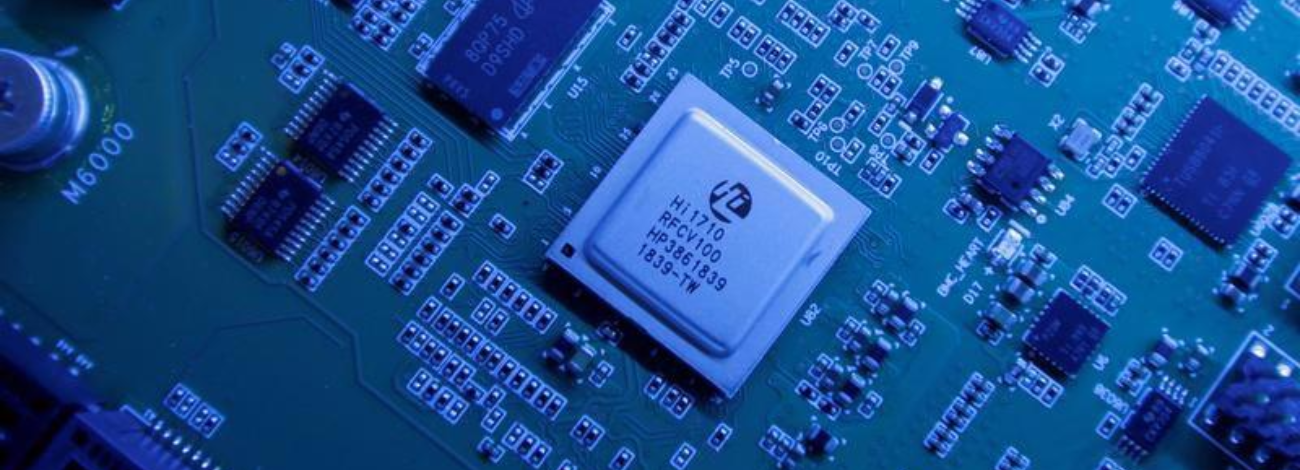In recent years, the semiconductor industry has continuously reduced the size of integrated circuits, from 14nm to 10nm, 7nm, 5nm, and even 3nm and 2nm. The reduction in chip size has enabled significant improvements in the performance, features, and energy efficiency of electronic devices.
However, this continuous miniaturization has also posed new technological challenges, such as controlling current leakage and quantum effects. This has required constant innovation from companies to overcome the existing technological barriers.
The 14nm technology milestone
The history and emergence of 14nm semiconductor chip technology
In 2014, Intel marked an important milestone in the semiconductor industry by pioneering the introduction of chips manufactured using the 14nm process technology. This was a breakthrough after a 3-year delay from the initial plan due to significant technical challenges related to the scaling down of semiconductor device dimensions.
The advent of 14nm technology ushered in a new era for electronic devices, bringing powerful performance, and energy efficiency, and laying the foundation for the development of high-performance applications such as artificial intelligence, machine learning, and autonomous vehicles.
Advantages and key applications of 14nm
The 14nm technology offers several significant advantages over previous generations, including:
– Powerful performance: 14nm chips enable faster CPU and GPU processing speeds, meeting the growing demands of electronic devices such as smartphones, tablets, and laptops.
– Energy efficiency: Reduced power consumption helps extend battery life for mobile devices and reduces the amount of heat generated, contributing to environmental sustainability.
– Enabling new applications: 14nm technology paves the way for the development of high-performance applications like artificial intelligence (AI), machine learning, and self-driving cars.

The emergence of 14nm technology marks an important milestone in the semiconductor industry, opening a new era for electronic devices with powerful performance, and energy efficiency, and supporting the development of high-performance applications.
The 10nm and 7nm revolution
The development of 10nm technology
After the successful 14nm process, TSMC pioneered the introduction of 10nm chips in 2016, marking an important step in the miniaturization of semiconductor devices. The 10nm process brought many improvements over 14nm, including:
Use of a new generation of FinFET semiconductors: FinFET helps increase energy efficiency and improve chip performance.
- Increased semiconductor density: 10nm allows for the integration of more semiconductors in the same area compared to 14nm, leading to higher performance and greater processing power.
- Reduced power consumption: Thanks to design and material innovations, 10nm chips consume less power than 14nm chips, helping to extend battery life for mobile devices.
However, the 10nm chip manufacturing process faced many challenges due to the technical difficulties related to further reducing semiconductor size. As a result, widespread adoption of 10nm did not proceed as smoothly as 14nm.
The new advancements of 7nm
In 2019, TSMC and Samsung introduced 7nm chips, marking a breakthrough in chip manufacturing technology. 7nm brought significant improvements over 10nm, including:
- Higher performance: 7nm chips offer 10-15% higher performance than 10nm and 25-30% higher than 14nm.
- Smaller chip size: Thanks to higher semiconductor density, 7nm chips have a smaller footprint than previous generations, enabling more compact and efficient designs.
The advent of 7nm technology represents an important milestone, allowing electronics manufacturers to create products with higher performance, greater energy efficiency, and more compact form factors.
Towards the future with 5nm, 3nm, and 2nm
Overview of 5nm, 3nm, and 2nm technologies
After achieving important advancements with 14nm, 10nm, and 7nm chip technologies, the semiconductor industry is now focused on newer evolutionary technologies such as 5nm, 3nm, and even 2nm.
The 5nm technology promises significant improvements over the previous generation. With even higher transistor density, 5nm chips will deliver superior performance and energy efficiency. This will lay the foundation for the development of advanced mobile devices, computers, and high-performance computing systems.
3nm and 2nm technologies will push semiconductor miniaturization to new heights. These future chip generations will be able to integrate billions of transistors in a small area, opening up new possibilities in fields like artificial intelligence, quantum computing, and other cutting-edge applications.

Prospects and expectations for these promising technologies
The advancements in 5nm, 3nm, and 2nm chip technologies will bring impressive improvements in performance, energy efficiency, and integration capabilities. This will help drive the development of many technology areas like mobile computing, artificial intelligence, and quantum computing.
These new semiconductor chip generations will provide superior computing power and data processing abilities, enabling breakthrough applications shortly.
Technological challenges and rising costs
However, the continuous scaling of semiconductor chips also poses significant technological challenges and increasing costs. Physical effects like current leakage and manufacturing technology limitations will need to be addressed.
The investment costs for new-generation chip fabrication plants are also rising significantly. Semiconductor companies must continually innovate and increase investments to maintain their technological leadership.
Given these challenges, the 5nm, 3nm, and 2nm chip technologies will require substantial efforts and investments across the industry. Yet, these advancements will lay the foundation for novel breakthroughs in future technology applications.
The future of semiconductor technology
Leading emerging technologies
Alongside continuous scaling, emerging technologies like quantum computing, neuromorphic, and carbon-based chips are also under development. These have the potential to deliver performance and computational capabilities surpassing traditional semiconductor chips, opening up new application opportunities in areas like artificial intelligence, signal processing, and supercomputing.
Diverse applications across domains
Semiconductor chips are becoming increasingly crucial in domains like smartphones, computers, autonomous vehicles, cloud computing, the Internet of Things, and digital healthcare. The evolution of semiconductor technology will continue to drive and support progress in these areas, profoundly impacting people’s daily lives.

Conclusion
The future of semiconductor technology promises new opportunities and challenges, requiring continuous innovation from companies, researchers, and policymakers to keep pace and potentially lead the technology trends. Follow the journey of the Vietnamese chips reaching out to the world with us at the FPT Semiconductor website!